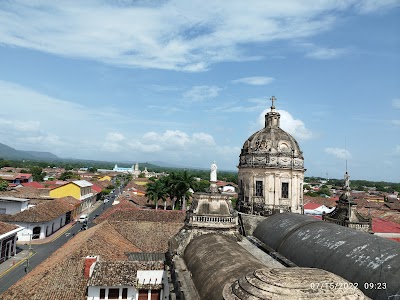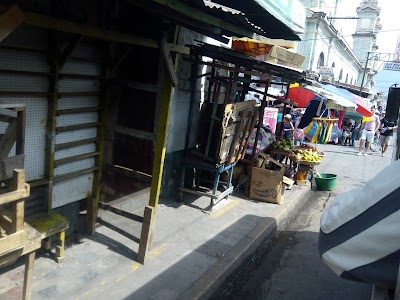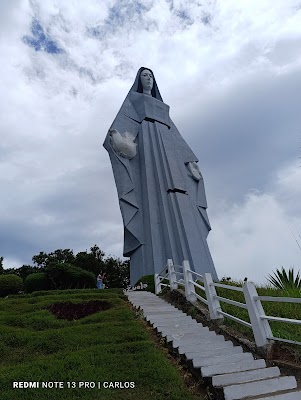Guadalupe Church (Iglesia Guadalupe)
Overview
Guadalupe Church: A Historical Gem in Granada, Nicaragua
Nestled in the picturesque city of Granada, Nicaragua, Guadalupe Church serves as a remarkable testament to the region's rich historical and architectural heritage. This iconic landmark, celebrated by both locals and visitors, reflects Granada's colonial history and vibrant culture, making it a must-visit destination for anyone exploring the area.
The construction of Guadalupe Church began in 1626, during the early colonial period, with the church originally intended as a fortification against frequent pirate attacks. Its strategic location near Lake Nicaragua, coupled with easy access to the Caribbean Sea, necessitated a structure that could serve dual purposes: defense and worship. This blend of functionality is evident in the church's robust and austere architectural style, which stands out among Granada’s many historic buildings.
Crafted from traditional materials and techniques prevalent in the era, the church features thick walls and buttresses that give it a fortress-like appearance. Local stone and wood, abundant in the region, were used in its construction, while the walls were coated with lime for durability and a bright finish. This combination of materials not only adds to its strength but also enhances its historical authenticity.
Throughout the centuries, Guadalupe Church has undergone several renovations and restorations, with the most significant effort occurring in the 19th century. In 1856, the church suffered extensive damage due to William Walker’s invasion of Nicaragua, an event that left much of Granada in ruins. Following Walker's expulsion, the local community rallied together, undertaking the arduous task of restoring the church to its former glory, ensuring its place as a cornerstone of the community.
One of the most distinctive aspects of Guadalupe Church is its unique façade. Unlike many other churches in Nicaragua and Latin America that feature ornate Baroque or Rococo designs, Guadalupe Church boasts a more subdued Romanesque appearance. Its façade is characterized by a series of arches, a simple yet imposing bell tower, and minimal decorative elements, lending it a timeless and enduring charm that captivates all who visit.
Stepping inside, visitors are greeted by a sense of serenity, accentuated by high vaulted ceilings and modest decorations. The altar, while simple, exudes a sense of historical depth, adorned with religious artifacts and icons that honor the long-standing Catholic community in the area. This atmosphere of reverence and tranquility makes Guadalupe Church a cherished space for both prayer and reflection.
Community and Cultural Significance
The significance of Guadalupe Church extends far beyond its architectural beauty. For nearly four centuries, it has played a vital role in the community's social and spiritual life. The church is not only a venue for religious observance but also hosts important community events, festivals, and cultural activities that foster a sense of unity among the people of Granada.
Today, Guadalupe Church stands as a testament to the resilience and faith of the local community. Open to the public, it invites visitors to appreciate its historical and architectural significance. Tourists often find themselves drawn to its stark beauty, eager to learn about its intriguing past, thereby contributing to the local economy and fostering cultural exchange.
In conclusion, Guadalupe Church in Granada, Nicaragua, offers a captivating glimpse into the region’s colonial past and the enduring spirit of its community. Initially built as a fortification in the 17th century, this remarkable structure has withstood the test of time, reflecting both the tumultuous history of the city and the dedication of its people to preserving their rich cultural heritage.









